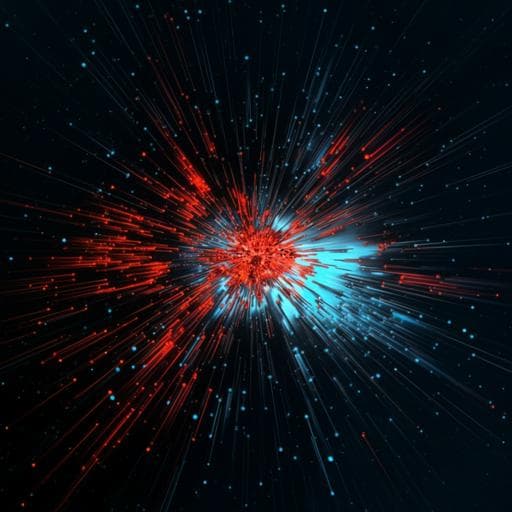
Physics
Up-scattering production of a sterile fermion at DUNE: complementarity with spallation source and direct detection experiments
P. M. Candela, V. D. Romeri, et al.
Discover the groundbreaking research by Pablo M. Candela, Valentina De Romeri, Pantelis Melas, Dimitrios K. Papoulias, and Niki Saoulidou, as they explore the exciting potential of MeV-scale sterile fermions through neutrino interactions at various facilities. This study delves into how these facilities complement each other in probing uncharted territories of particle physics.
~3 min • Beginner • English
Related Publications
Explore these studies to deepen your understanding of the subject.







